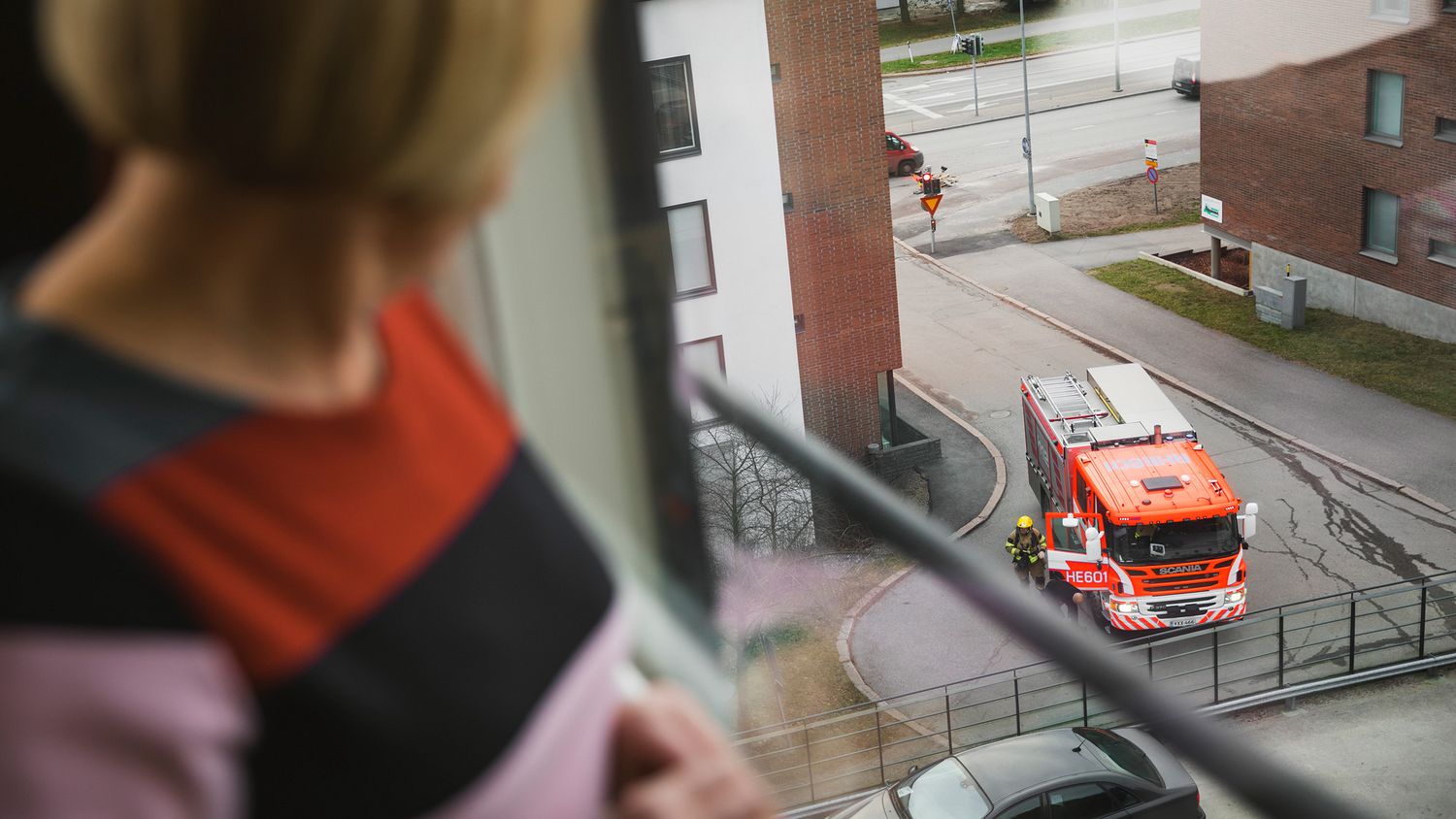
How to insure your rental home
Whose insurance pays for water damage in the home? Who is liable if the basement storage unit is broken into?
Questions like these often come up in the daily work of SATO’s legal team. Find out what residents should insure and which matters to consider for smooth and hassle-free living.
SATO takes out insurance on these:
Real estate insurance
This insurance covers all damage to the structures of the property and to movables that belong to the property, for example kitchen cabinets. SATO’s insurance also covers e.g. Water damage – unless it is caused by the tenant. Falling asleep in the shower after a night on the town is surprisingly common.
Under the Tort Liability Act, the one who is at fault is also the one to pay.
A second common cause of water damage is lack of dishwasher connection plugging. When tenants move out and take the dishwasher along with them, some forget to plug the dishwasher water intake or plug it poorly. This may result in water damage for which the tenant is liable.
Real estate liability insurance
SATO’s real estate liability insurance covers situations where a structural element of the property causes a tenant to suffer injury or material damage, for example when a cabinet door falls off and damages personal property.
Insurance for which the tenant is responsible:
Home insurance that includes liability insurance
This type of insurance is the only mandatory one for sato tenants at all sato rental properties.
Home insurance primarily covers the tenant’s personal belongings, yet it must also cover the home’s fixed fittings and furnishings, for example surface materials and cabinetry. When a home suffers water damage for which no one can be held liable, sato’s insurance covers the damage to structures while the tenant’s home insurance covers damage to personal property and furnishings. Home insurance also covers damage to personal property in the event of a storage unit break-in.
The liability insurance included in a home insurance policy covers damage to the home or a third party caused by the tenant’s actions.
For example, if your washing machine breaks down because you left a set of keys in the trouser pocket when doing the wash and water gets into your neighbour’s home, liability insurance may cover the damage to your neighbour’s home instead of you having to pay for these out of pocket.
It must be mentioned, however, that there are many levels of liability insurance and that the terms and conditions of policies may differ.
Pet owner’s liability insurance
This is insurance that every pet owner should consider getting. The liability insurance policy of a pet owner may also cover any damage to the home caused by the pet. The scope of policy coverage must always be ascertained from the insurance company before signing the insurance contract.
Under the act on residential leases, ordinary wear and tear of the home is par for the course, whereas the tenant is liable to compensate for damage such as cat scratches on internal doors, for example.
The majority of damage arising in SATOhomes is fairly minor and seldom even makes it to his inbox for investigation. Ordinary everyday life is luckily unlikely to give rise to any major damage.
The piece was originally published on 31 october 2018 and it was updated on 27 March 2025.